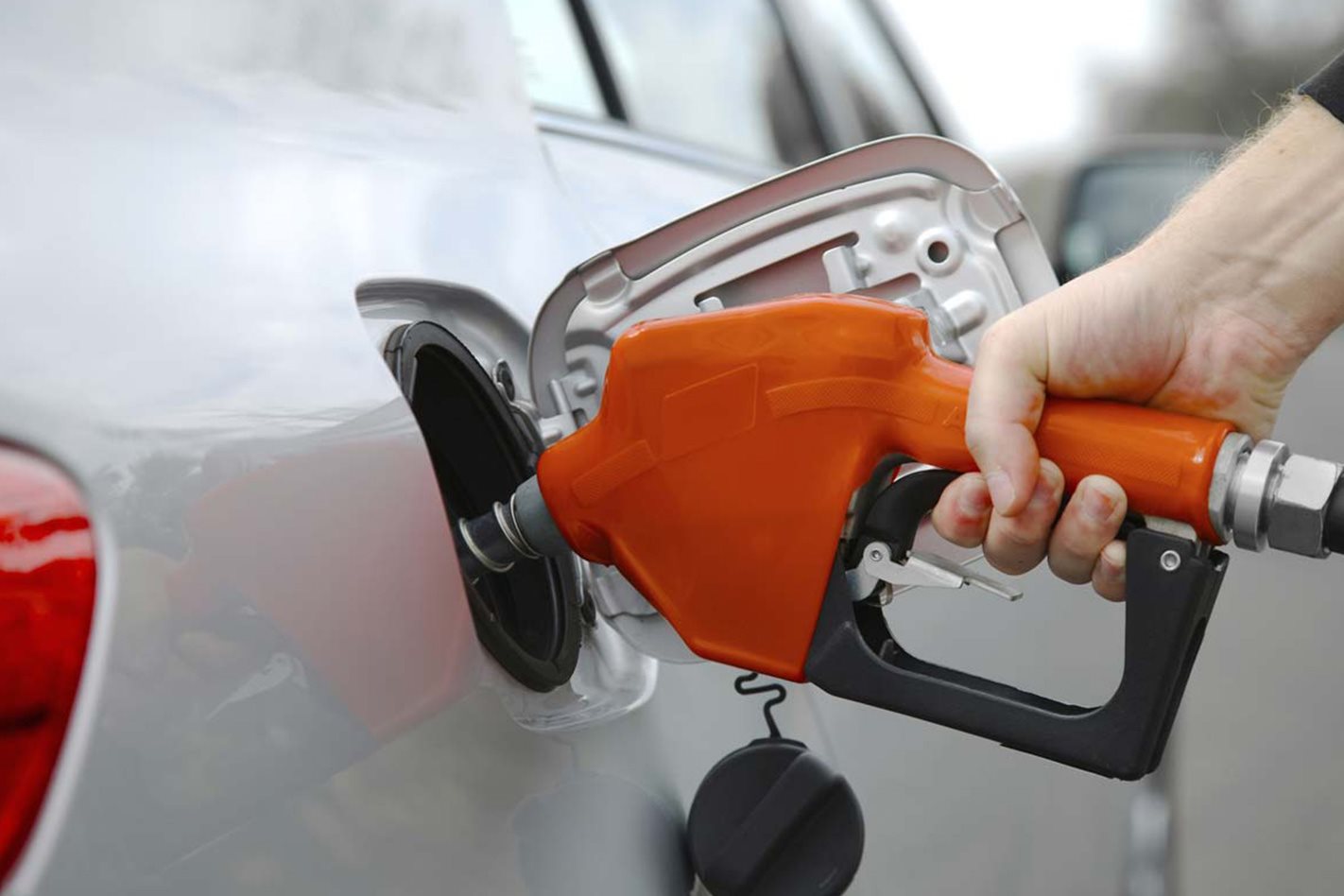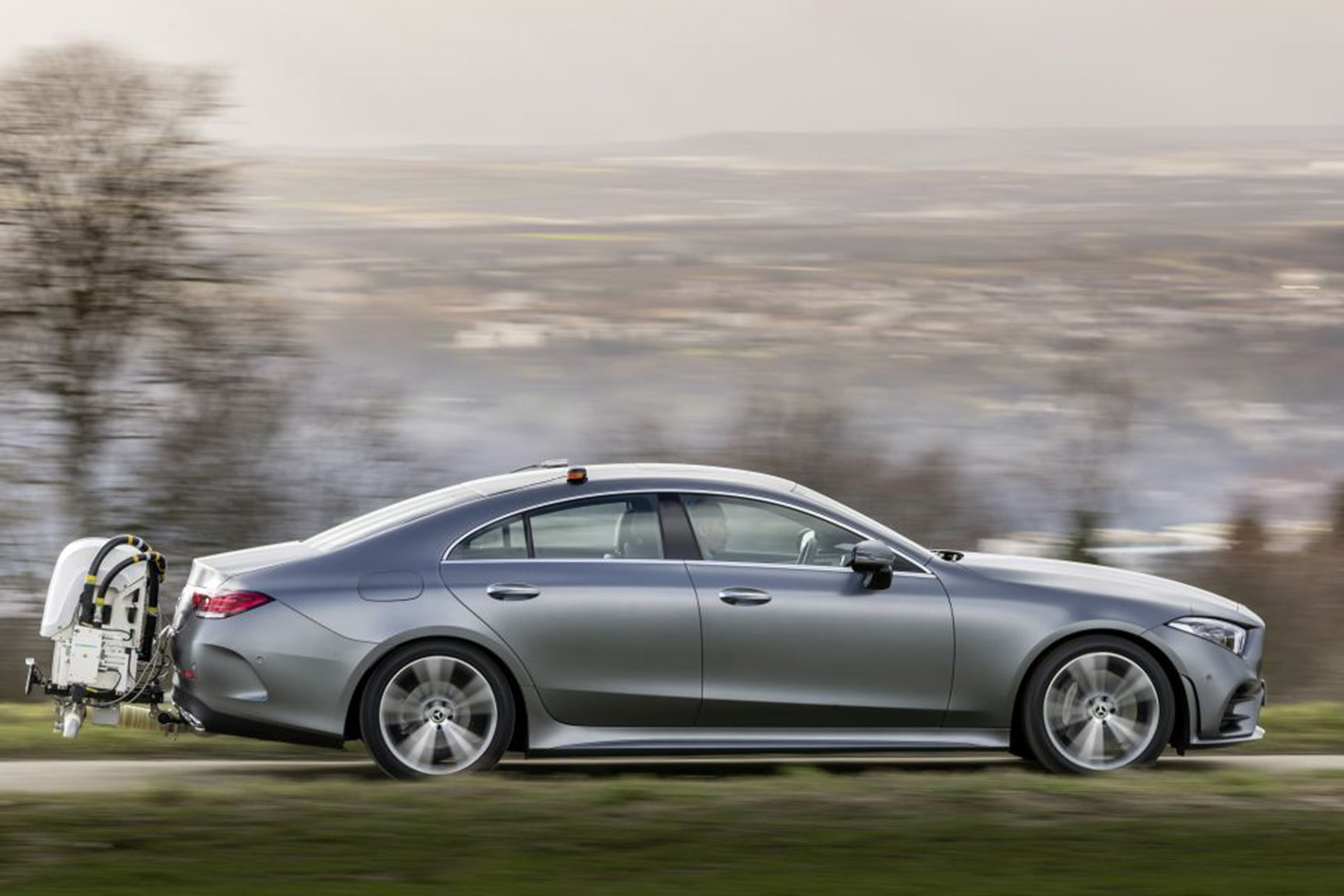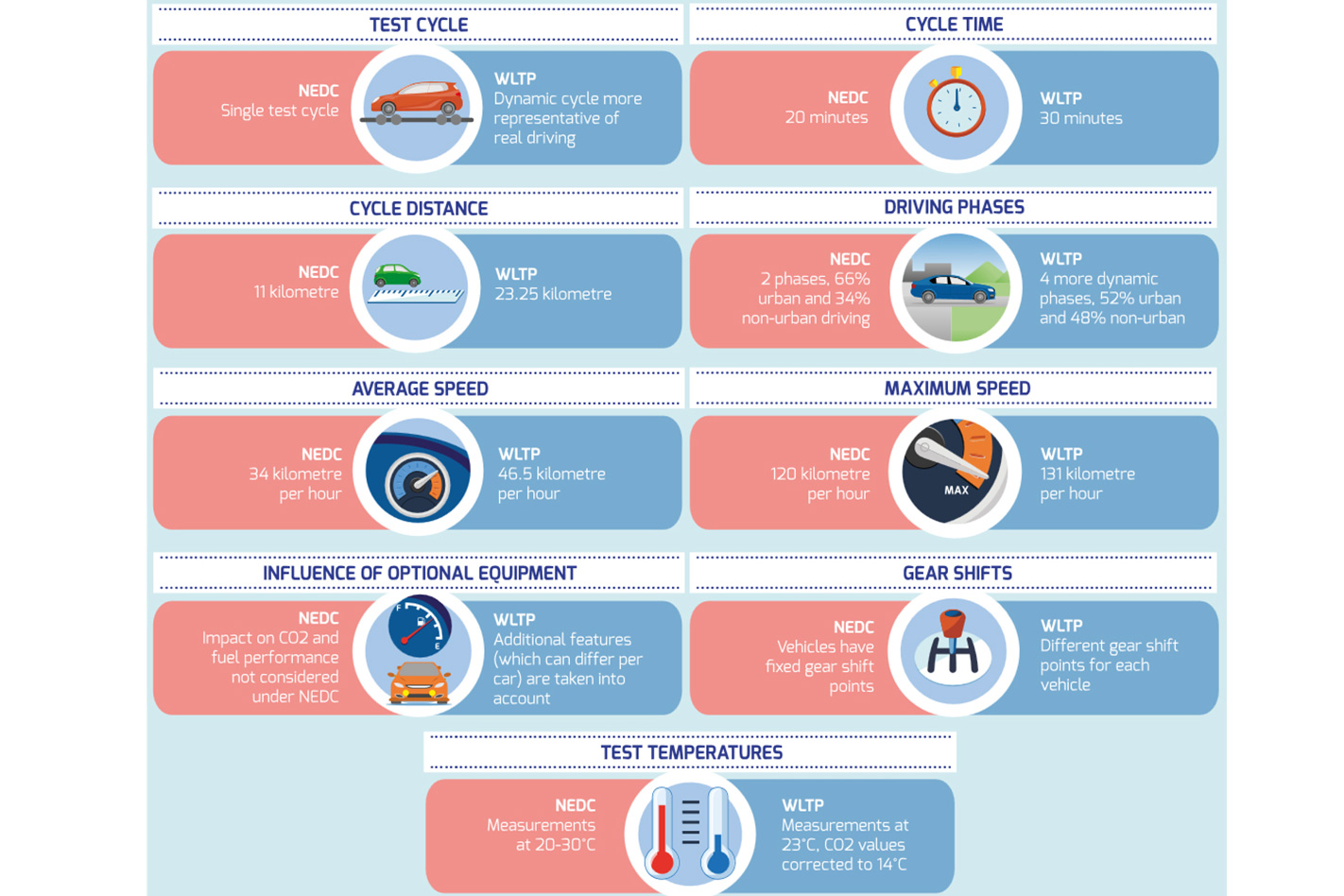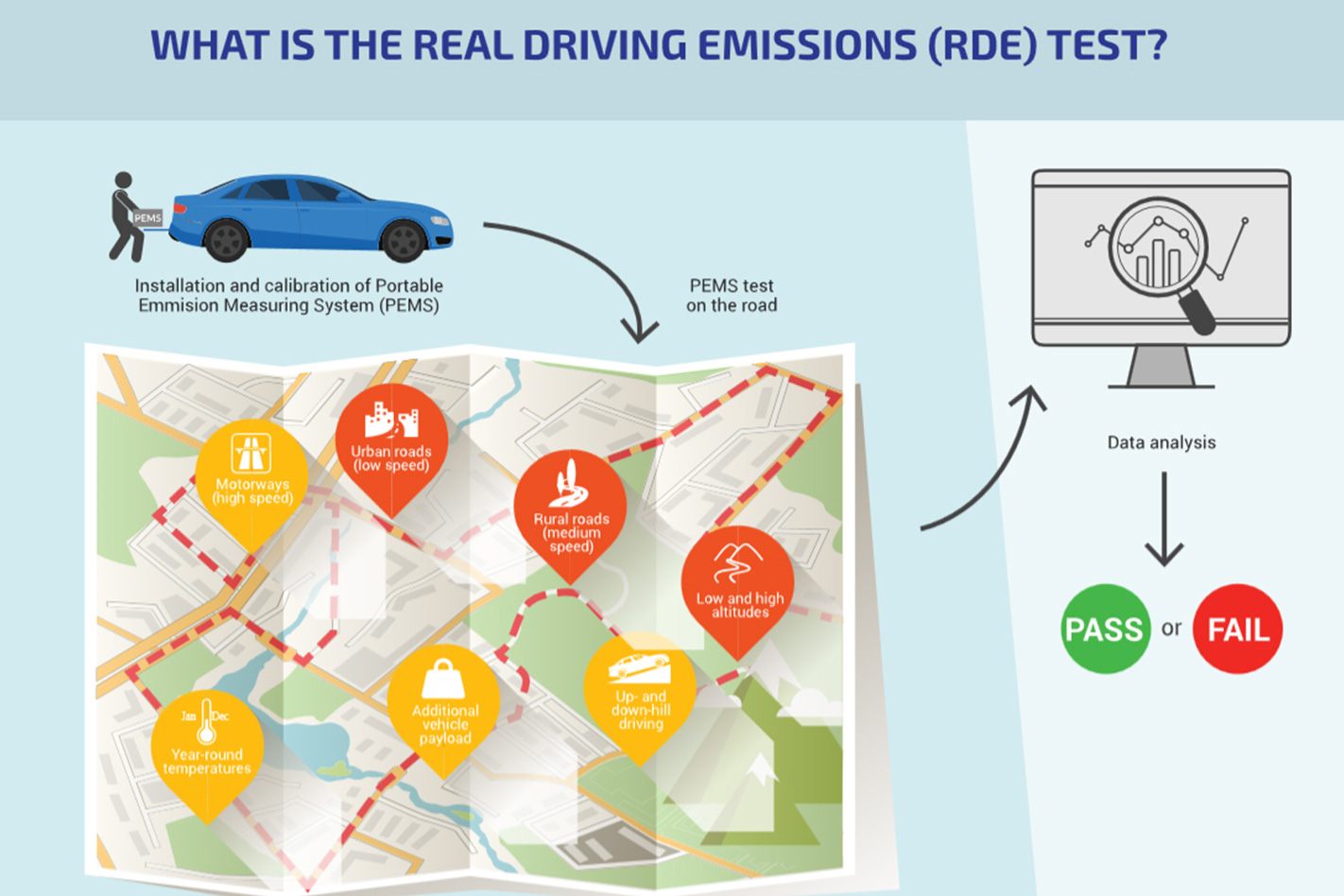
Everybody knows that published fuel economy figures are a bit of a joke. We see those outraged articles every once in a while comparing manufacturer’s claims with real world figures, which can be up to 50 percent worse than the claims. The reasons why are often complex but boil down to an outdated laboratory test procedure that the carmakers have been able to game for years.

While Volkswagen has been tarred and feathered for its Dieselgate debacle, virtually every other manufacturer has been able to optimise their cars to perform well on the NEDC (New European Driving Cycle) test that was last updated more than two decades ago. Whether it’s softening off turbocharger response at certain rpm, fitting aggressive idle stop systems or gearing vehicles to sidestep the test’s demands, it’s been fairly easy to gerrymander the results.
That’s because the NEDC test is a short, prescribed process that is vulnerable to cheating. The cycle is a mere 20 minutes long, covers 11km at an average of 34km/h and mandates fixed shift points, gentle acceleration and has only two phases (66 percent urban and 34 percent non-urban driving). It’s obvious that this is nothing like real world driving.

In order to counter this discredited test procedure, a new test is being phased in. The WLTP protocol (which stands for Worldwide Harmonised Light Vehicle Test Procedure) has been planned since 2007, long before Volkswagen was caught with its pants down. Under a staggered roll-out, only WLTP homologated cars can be sold in Europe from September 1 2018, with Volvo the only manufacturer to have achieved a tick against its complete range thus far.
The reason why others are struggling is because WLTP certification is hideously complicated to achieve. Not only is the test 50 percent longer in duration, and more than twice as long in distance, but it also adds an element of real-world emissions data gathering and is more complicated, with different gearshift points for each vehicle, and four dynamic phases, harder acceleration and a higher top speed.
The thing that’s really flummoxing manufacturers is that in order to gain certification, every car in the range must be tested. That’s a huge headache for manufacturers such as Jaguar Land Rover, who tend to offer a constellation of model variants, effectively offering any engine with any trim level. Not only that, but each variant must be tested with every significant option combination. Bigger wheels, roof racks, transmission options and anything likely to materially affect the test will need certification. The only exception in the first phase of rollout is air conditioning. You can imagine the permutations growing unworkable.

And indeed, that is what has transpired. Every test rig in Europe is booked out months in advance which has led to the farcical situation that some manufacturers, Porsche and Volkswagen included, are having to stop production of certain models because they have yet to be certified.
Volkswagen’s works council chief Works council chief Bernd Osterloh put the onus for test rig bookings squarely on management. “It’s not the fault of our colleagues that the company has built too few test rigs over the years and can suddenly not handle the test volume required,” Osterloh said. “We will not allow this burden to be borne by the workforce alone at the end of the day.”
BMW has started prioritising its biggest-selling variants for test, while allotting build slots to non-European market vehicles that don’t require immediate certification. Although it claims there is no risk to volumes in the short term, the will be supply interruptions on certain models. This is not only due to lack of test bench times, but also to a bottleneck in the supply of new filters for petrol engines to pass tests. Peugeot’s 308 GTI has halted production while the company awaits new particulate filters.
The upshot of the new testing (when completed) is that fuel consumption figures will rise by around 20 percent in many cases. “The introduction of WLTP can be compared to a currency reform,” Mercedes has stated in a review of the protocol. “Although the vehicles will not change technically, they will simply be measured by new standards.”
Industry data supplier JATO ran a review of 18 models that have been tested under both NEDC and WLTP and discovered that there were increases in claimed consumption of between 13 percent and 18 percent. Plug-in hybrids are likely to be most seriously affected by the new testing. Under the NEDC test cycle, plug-ins would return ludicrous-looking consumption figures that bore little relation to reality. It’s hard to countenance a Porsche Panamera Turbo e-hybrid returning 2.9L/100km, but given that under certain circumstances, it can return 0L/100km, the old test cycle was clearly inadequate.
The new procedure under WLTP requires plug-in hybrids to complete the test several times, starting with a full battery and repeating the test until the battery is depleted. When the battery is flat, another cycle is conducted to give best and worst case scenarios. From these extremes, a workable ‘real world’ figure will then be calculated based upon the car’s range.
Although the timescales for WLTP certification appears to be blown out of the water, the deadlines remain. The lab testing needs to be completed by September 1 this year while the on-road RDE testing element must have been completed exactly one year later. Then, in April 2020, we’ll start seeing WLTP figures replace NEDC ones in car ads and (where applicable) for taxation purposes. Finally, at some point in 2021, NEDC’s legacy will be snuffed out.
What does that mean for us here in Australia? Not too much in the immediate term, but within two years we’ll start seeing fuel economy figures that look a bit more like what you’ll get in real life. It’ll also make it far more difficult for car manufacturers to ‘cycle beat’ or play the test to their advantage. That’s the good news.
There’s a cloud on the horizon though. There remains the risk that government legislators will see the increased carbon dioxide emissions figures that accompany the WLTP test as a method of introducing CO2-based vehicle taxation as a replacement for the increasingly archaic-looking cash take from Luxury Car Tax. What is currently a headache for manufacturers could prove the Trojan horse that introduces a new taxation regime to Australia.
The Ministerial Forum on Vehicle Emissions has already proposed a target of reducing vehicle emissions to 105g/km in 2025. We currently stand at 171.5g/km (45 percent higher than the European average of 118.5g/km) and Australia is the only western economy without workable light vehicle emissions standards. Urban Infrastructure Minister Paul Fletcher said the government had “not reached a position” on car fuel efficiency. Don’t bet against WLTP forcing their hand.




